
Q: PROCESSING LANDSCAPE
6works89min
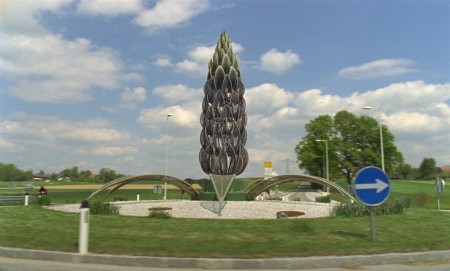
A TO A
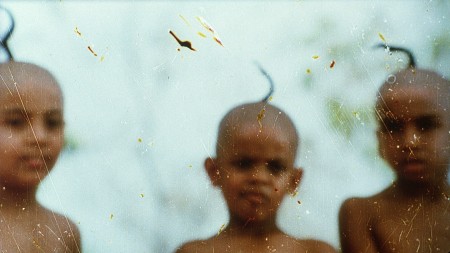
THE VOICE OF GOD
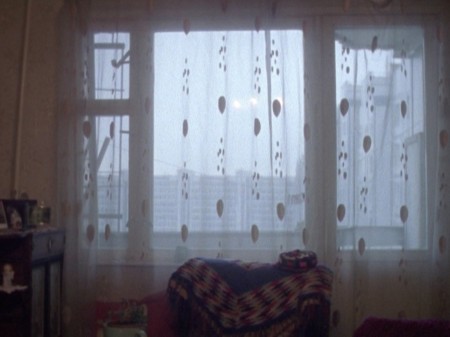
SLEEPING DISTRICT
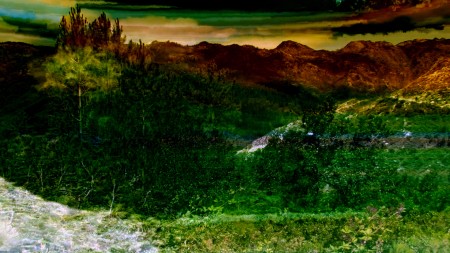
#47
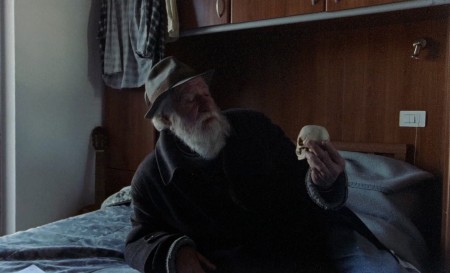
THE MUTABILITY OF ALL THINGS AND THE POSSIBILITY OF CHANGING SOME
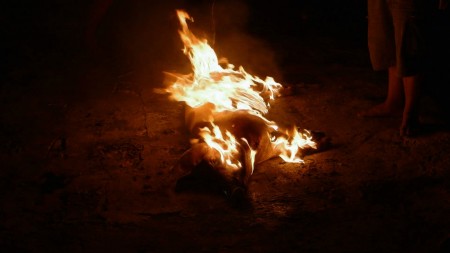
THE DISAPPEARANCE OF THE AÏTUS
When the world spreads out in front of us, we speak of landscapes. When we see a horizon we get a notion of the existence of a world that is beyond that which we can see from our position. Yet what’s between us and the horizon is called landscape in manifold meanings: geographical, painterly, photographic, mythological, political, biographical. Landscapes consist both of what has grown and what has been built. They are displays of nature and culture, of distances and proximities, of interrelations, routes and trajectories. From them we can decipher human impact, power structures, political interests, traces of individual and collective biographies. Vice versa, the landscape inscribes itself into us, shaping our movements, holding memories and regulating our immediate access to the world. »Processing Landscape« is a program of recent experimental films that implicitly or explicitly negotiate landscape as a field of processes of transformation and change, of symbolical and political gestures, of inhabitation, networks and speed, and of representation.
Johann Lurf’s film KREIS WR. NEUSTADT / A TO A is an immersive document of numerous rotunda islands in Lower Austria. Built to control the speed and flow of traffic, the rotunda makes for a clearing in the built environment. Its center is functionless by default, but as its presence in space is inevitable, it offers itself as an island of representation. Circling these islands on his Vespa, Lurf catalogues the absurd symbolisms that emerge from them. #47 is part of a body of work by José Miguel Biscaya that builds on video recordings of seemingly uninhabited landscapes, referencing a classical painterly notion of landscape as a set of natural and climatic features with occasional traces of human culture. Biscaya works with alterations of the code of these video recordings, defying the naturalism of the original images, and making the algorithm paint a picture of nature as we’ve never experienced it before.
Similarly challenging our capabilities of perception, THE VOICE OF GOD by Bernd Lützeler transforms the speed and rhythm of Mumbai through time-lapse photography into a stream that pulses through the immovable property of the city like blood through our veins. This mighty city-body is intimidating and vulnerable at the same time: Public space is under threat as unidentified objects and aliens appear. Or is the public itself the threat? Should one rather stay indoors? Then, how does the outside landscape relate to the one inside of our homes and minds?
Tinne Zenner explores this relation in SLEEPING DISTRICT, collecting visual and textual traces of the lives in a sleeping district at the fringes of Moscow, a creation of overformed urban planning adhering to economic interests and necessities. The endlessly stretching box-like structures seem almost like an inversion of the Mumbai pictures in Lützeler’s film. Here, life takes place inside, and the stream is not one of traffic but of memories of change – a sleeping district coming into existence and becoming inhabitated by people and their things.
The slow transformation of a landscape through construction is mirrored by the sudden change that disaster inflicts. THE MUTABILITY OF ALL THINGS AND THE POSSIBILITY OF CHANGING SOME by Anna Marziano is set in L’Aquila, a town in the Abruzzi that was struck by an earthquake in 2009. Fragments of conversations and readings address the embodiment of landscape by the people living in it. If the land ruptures, how can its living inventory – the people – deal with this? Not only houses break, also social networks do. Changes inscribe themselves both in the material and the immaterial realm.
Disaster may take other forms, too, and bring possible salvation with it, at least when measured in geological time. Pauline Julier examines the imminent geographical and cultural loss of the island state of Tuvalu in THE DISAPPEARANCE OF THE AÏTUS. While it is probable that Tuvalu will be completely submerged due to the rising sea level that climate change brings about, Julier finds that culturally Tuvalu has ceased to exist much earlier. Colonialism and globalised economy had already done away with the pre-Christian mythology of the islanders. Lighting up the islands’ nights with electricity has swept away the myths, yet it is anything but certain that this part of the world will end up with a horizon devoid of islands: the waves that threaten to submerge them also carry sediments that reinforce the islands.
– Philip WIDMANN
A TO A Johann LURF / 2011 / 35mm / 5min. (Austria)
THE VOICE OF GOD Bernd LÜTZELER / 2011 / digital / 9min. Germany)
SLEEPING DISTRICT Tinne ZENNER / 2014 / digital / 12min. (Denmark)
#47 José Miguel BISCAYA / 2014 / digital / 11min. (Netherlands)
THE MUTABILITY OF ALL THINGS AND THE POSSIBILITY OF CHANGING SOME Anna MARZIANO / 2011 / 17min. (France)
THE DISAPPEARANCE OF THE AÏTUS Pauline JULIER / 2014 / digital / 35min. (Switzerland)
Schedule
TOKYO:4/30 11:00, 5/5 13:45 Q programKYOTO:5/15 16:30 Q program
FUKUOKA:6/5 13:50 Q program
NAGOYA:6/25 11:00 Q program






